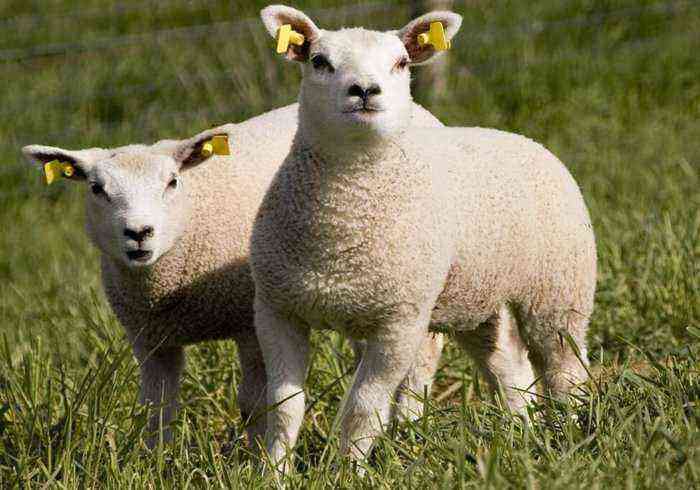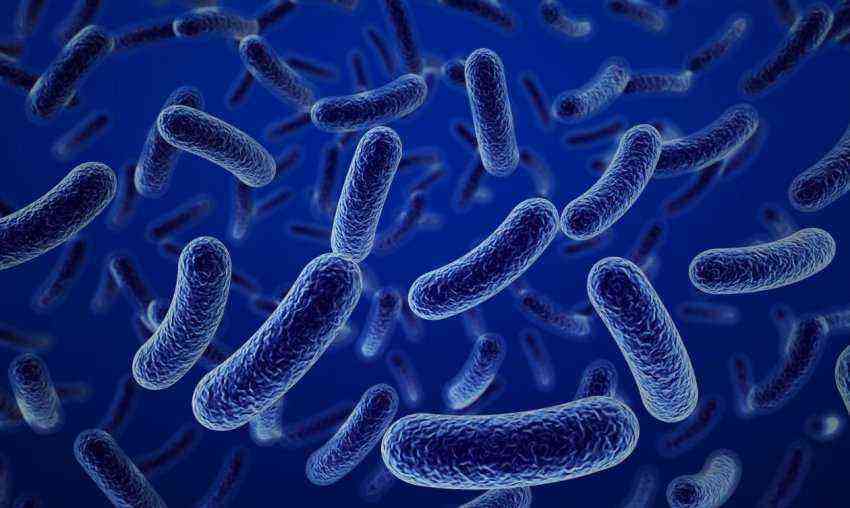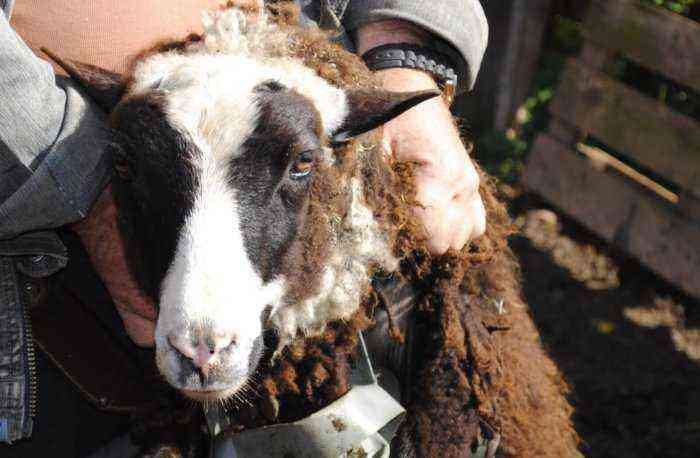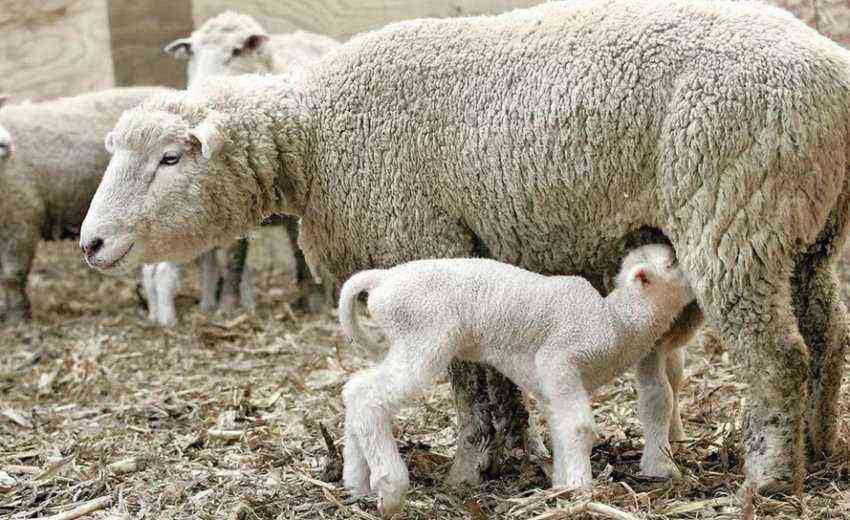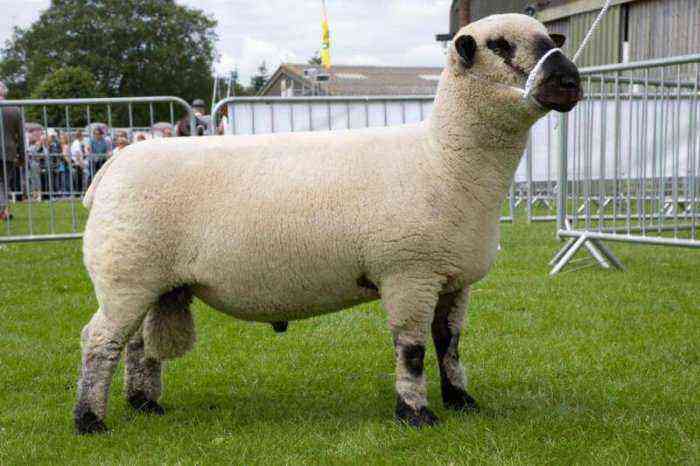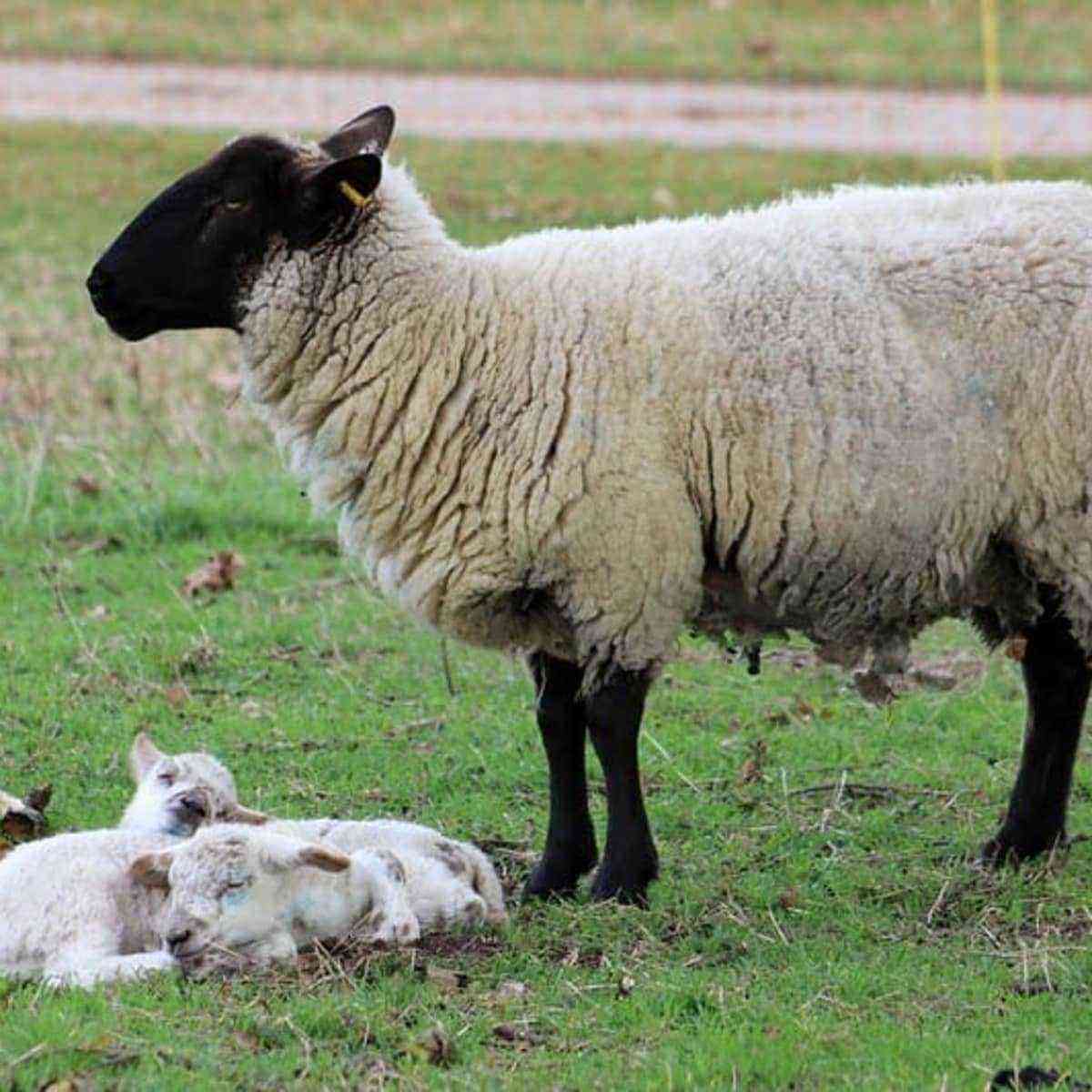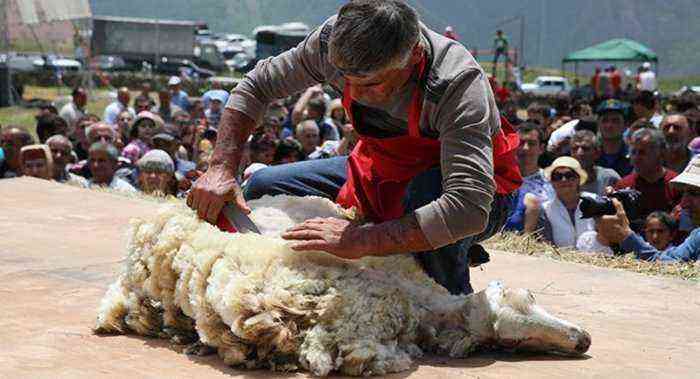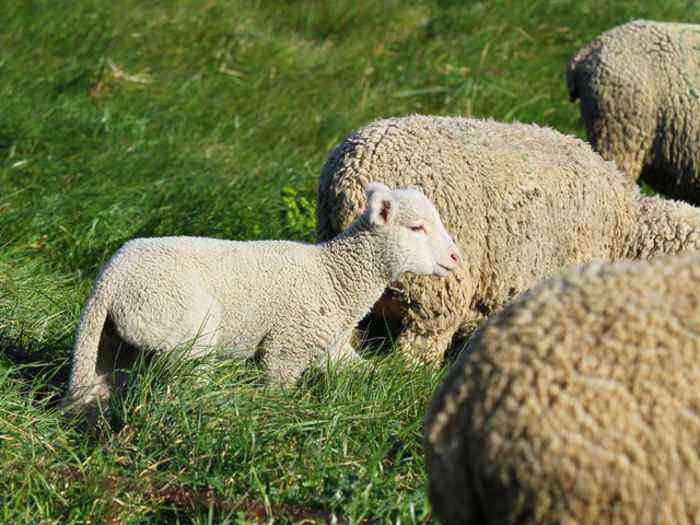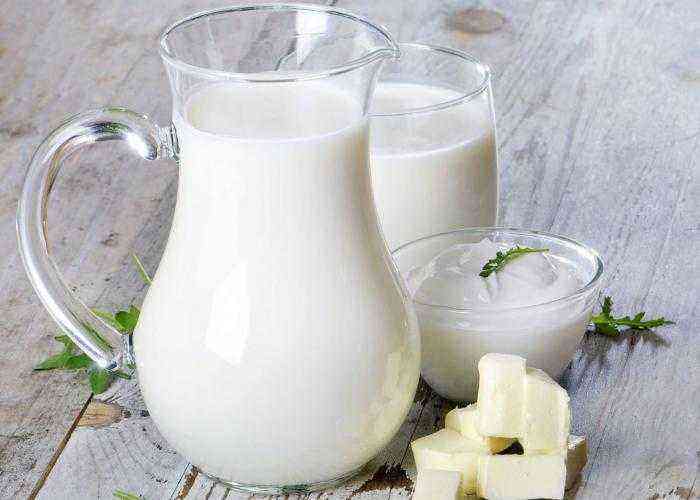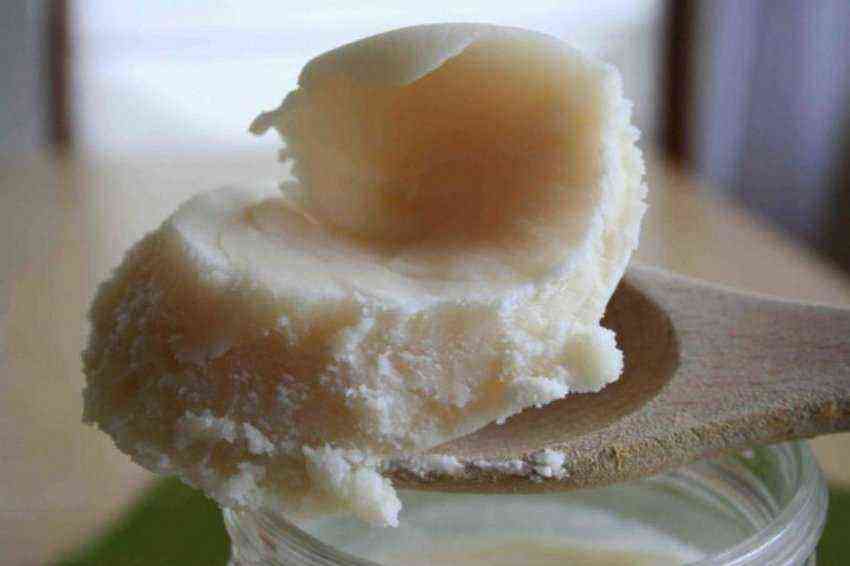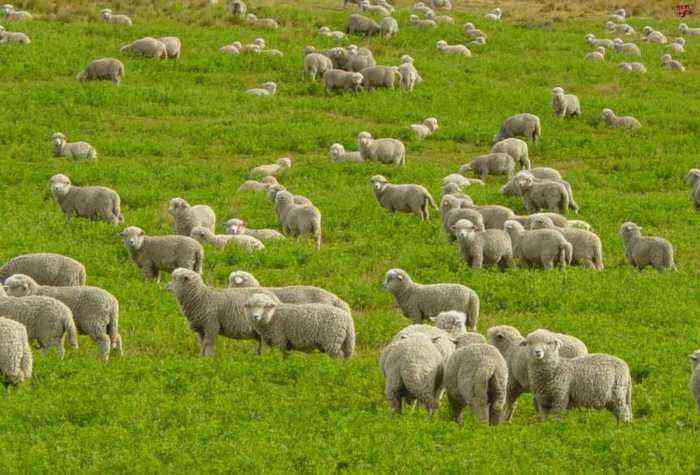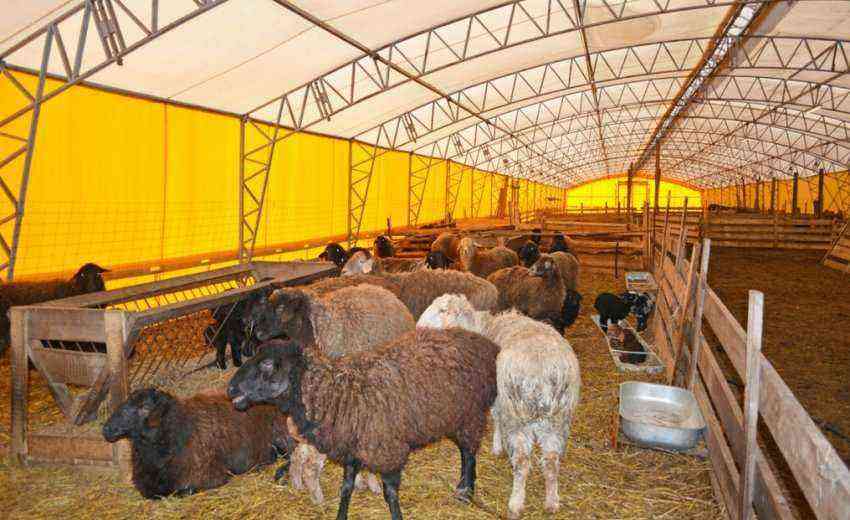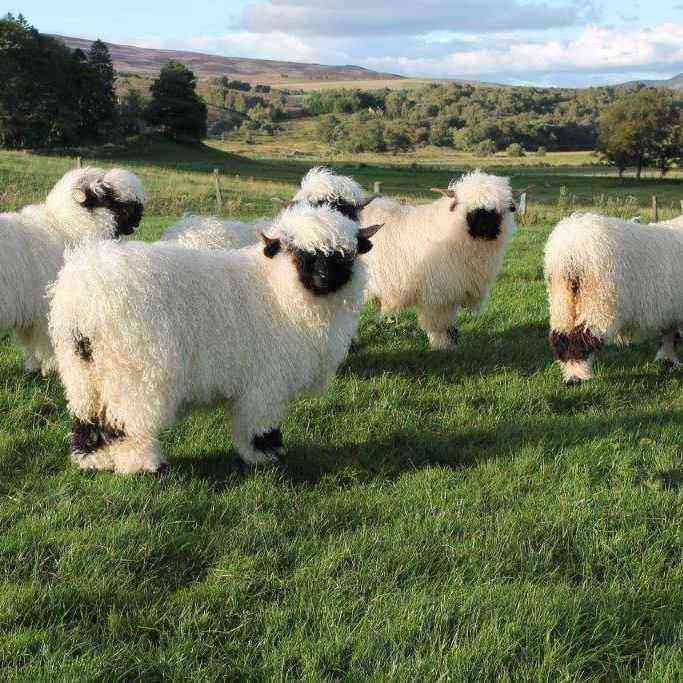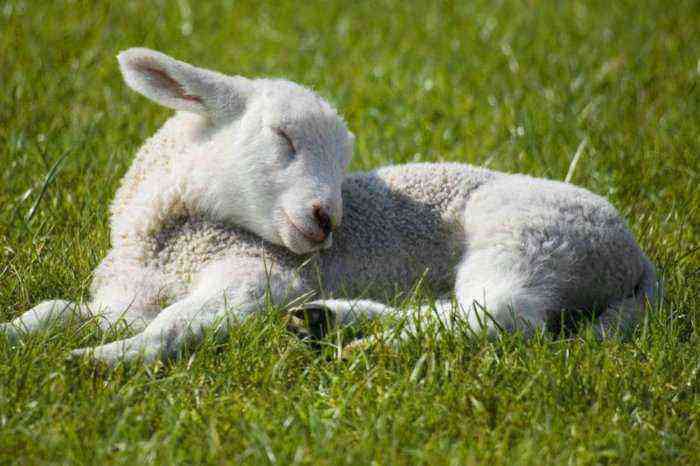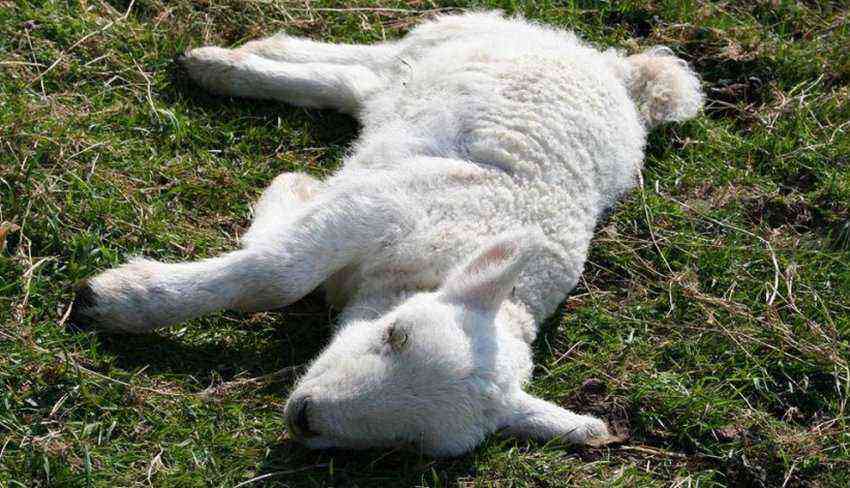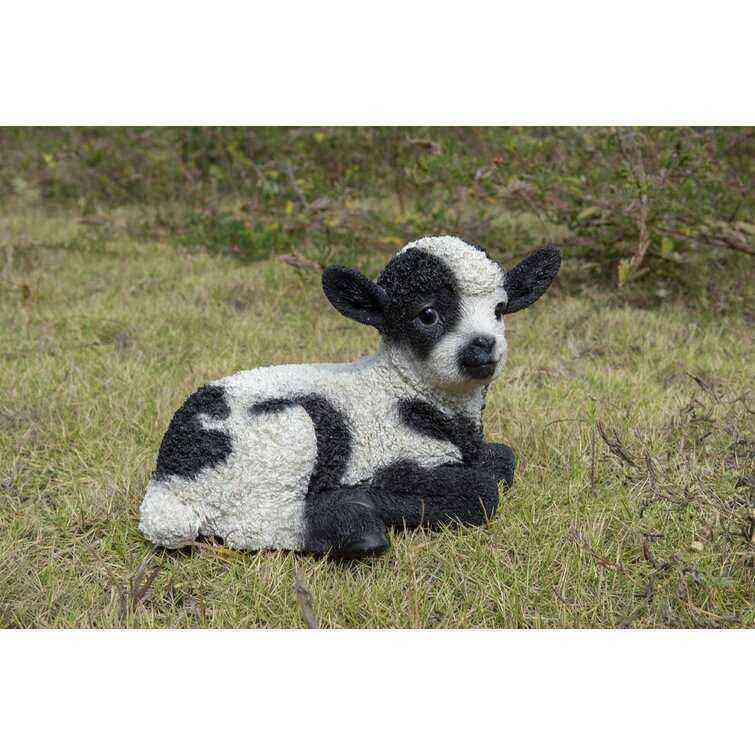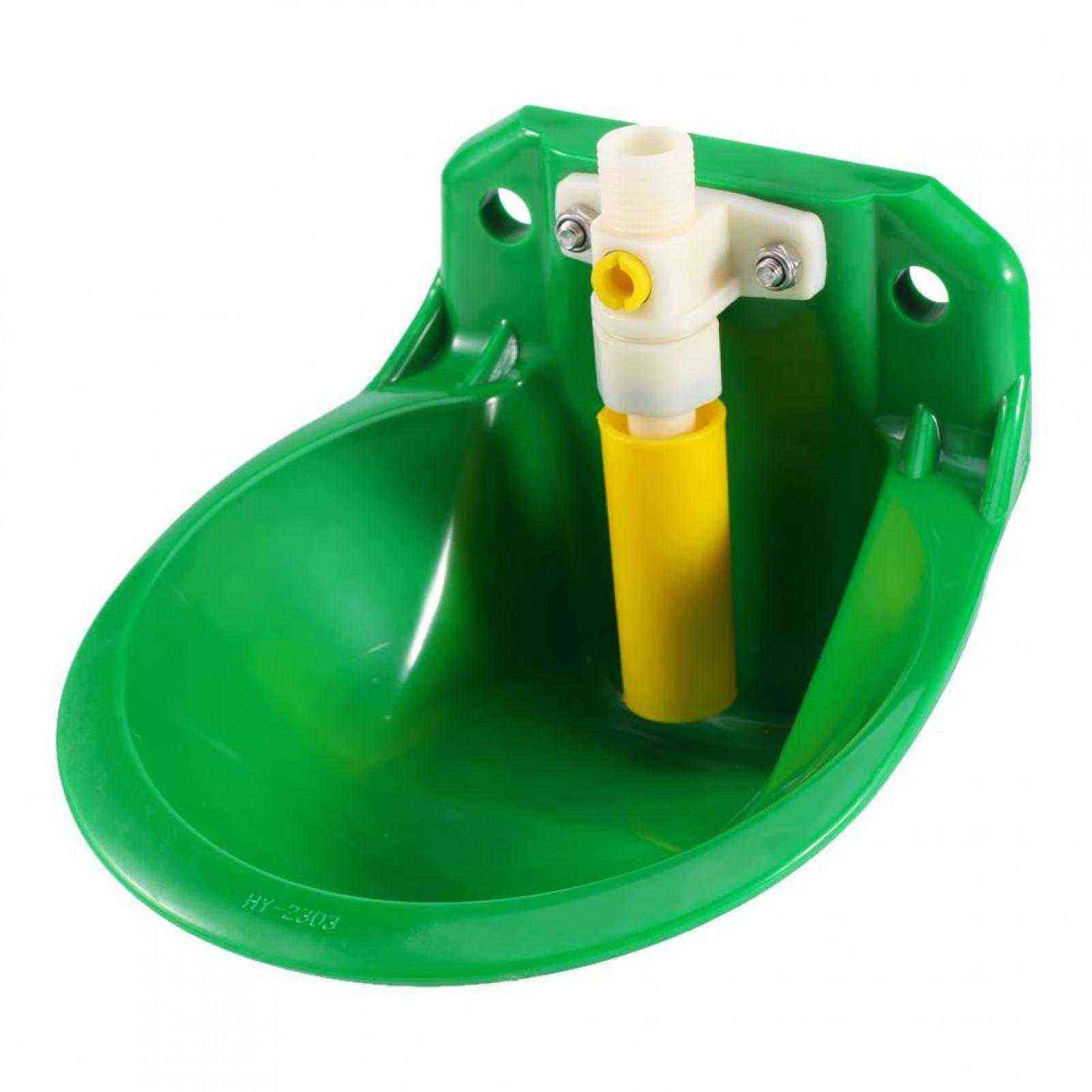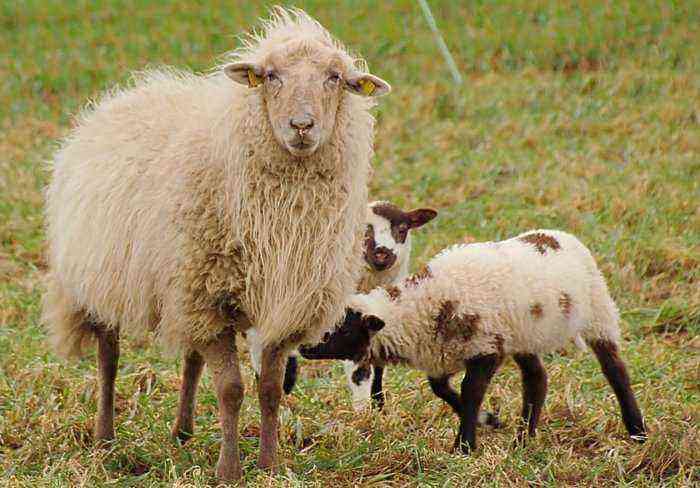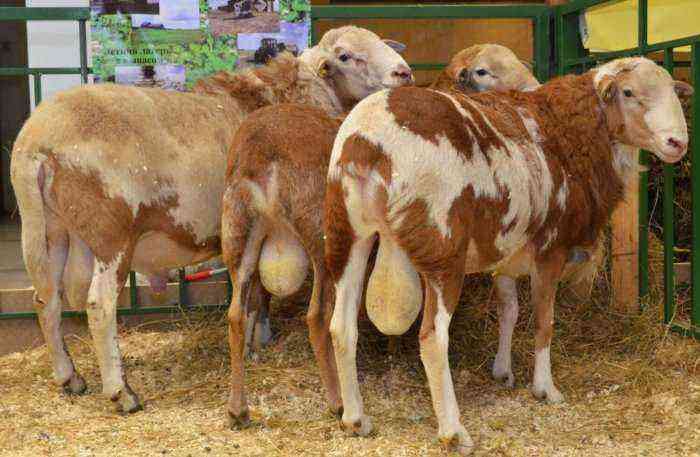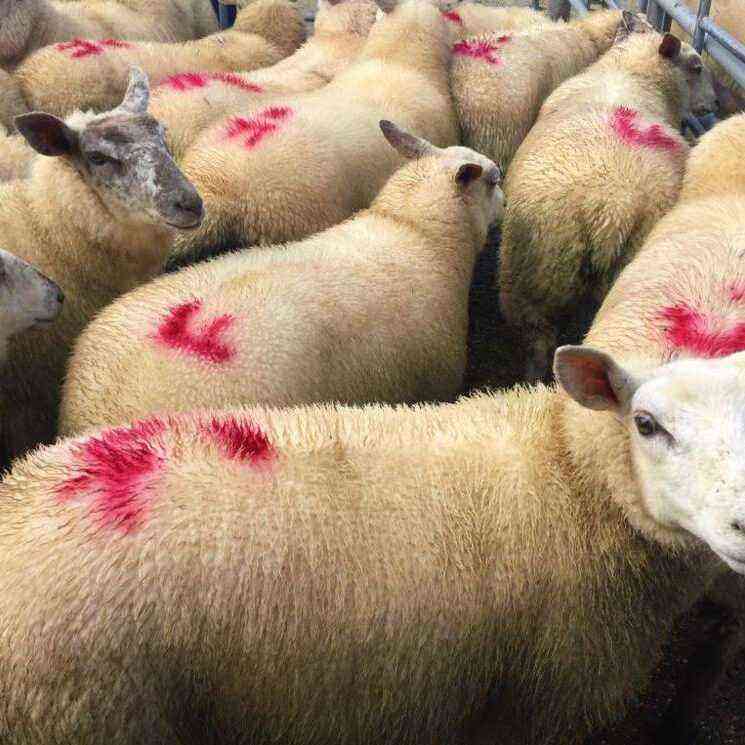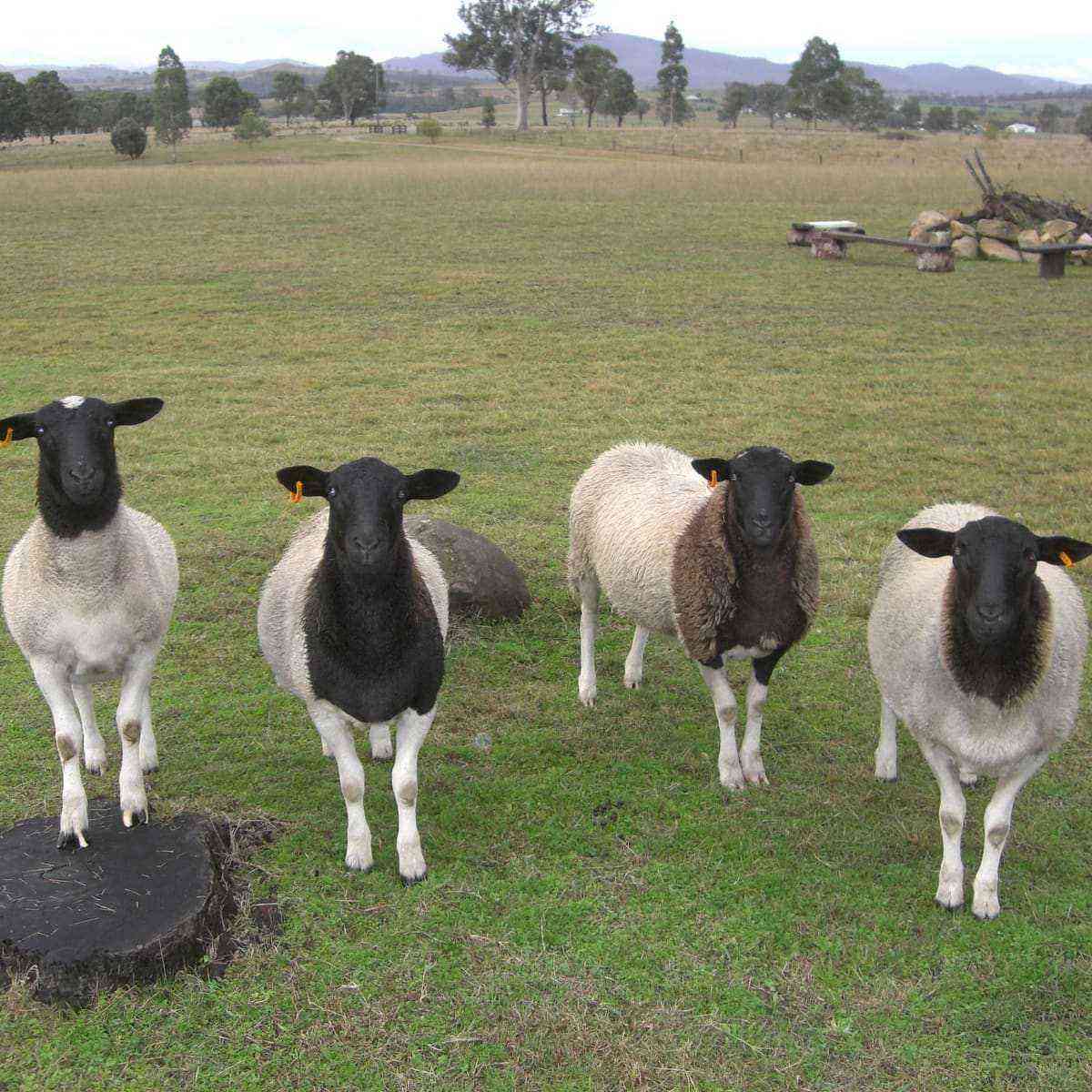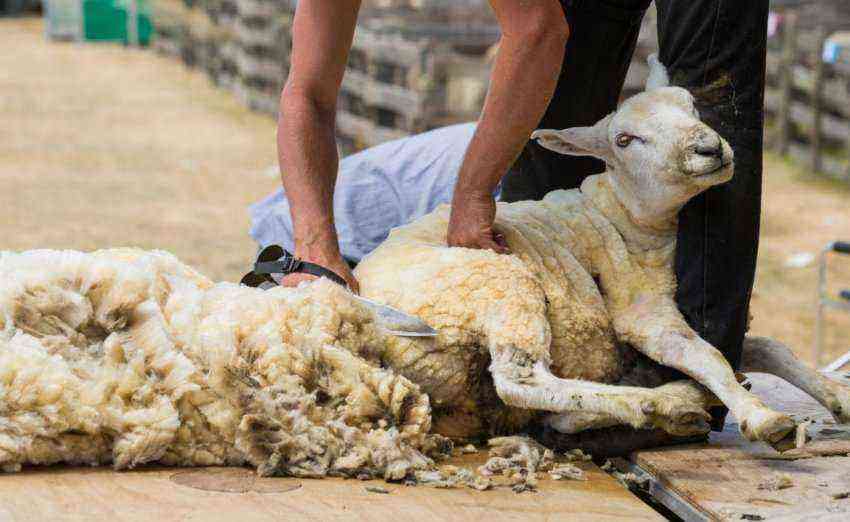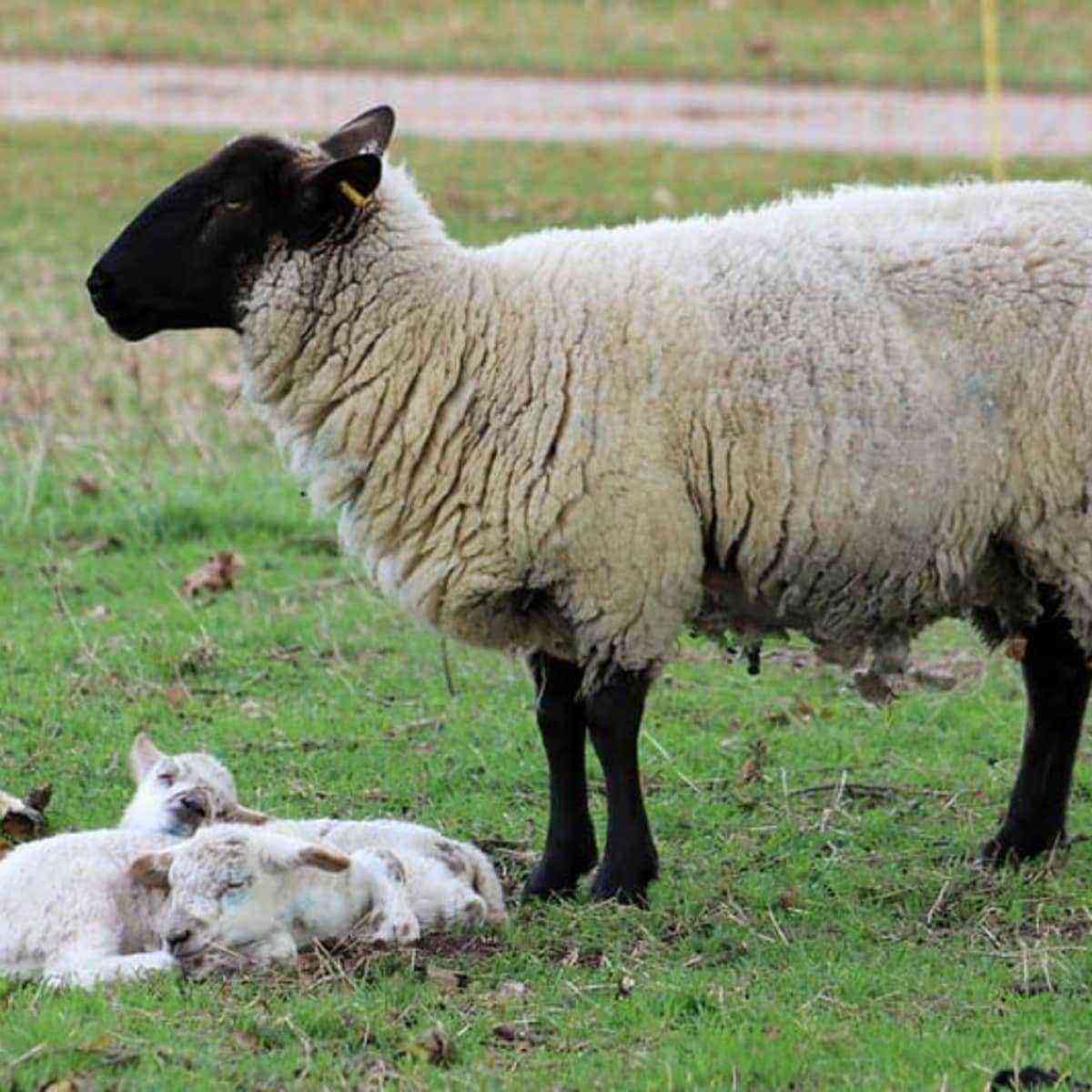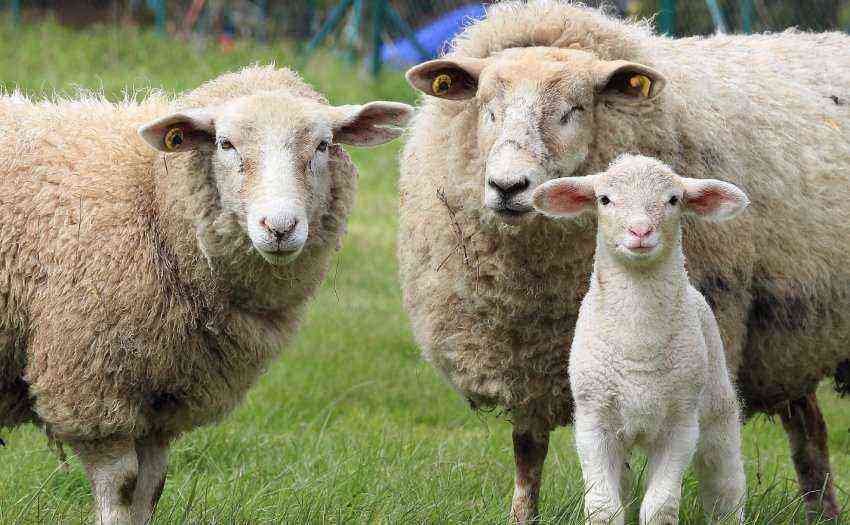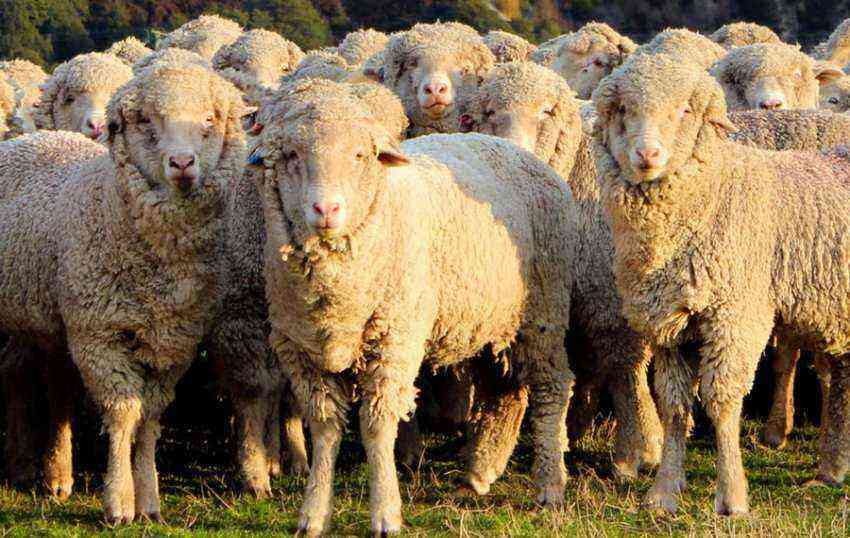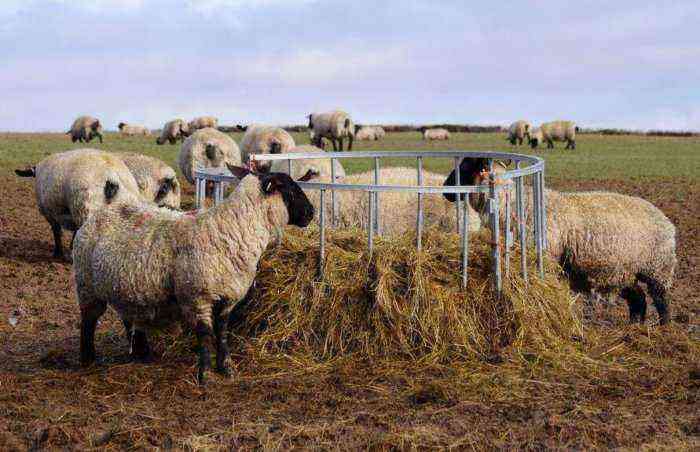The East Frisian sheep breed comes from a small Dutch province. It is known all over the world for its milk production. Its representatives are often used to improve other breeds in order to increase the milk production and fertility of females.
East Frisian sheep
History of the breed
East Friesian sheep were bred in the 19th century in the small Dutch province of Frisia, which is located northeast of Germany along the shores of the North Sea. Over time, it spread to nearby European countries, and at the end of the 20th century it was brought to North America.
A distinctive feature of these animals is a thin long tail, devoid of hair. East Frisian sheep have gained popularity among livestock breeders due to their high milk production. In some European countries, they are kept solely for the purpose of obtaining milk.
Reference. Nevertheless, these animals can be used in three directions – meat, dairy and wool.
Characterization
Animals differ in height, well-developed bones and muscular corset. Consider their external characteristics:
- the growth of a ram at the withers reaches 80-90 cm, sheep – 70 cm;
- the weight of an adult male varies between 90–120 kg, the ewes are smaller, their weight is 70–100 kg;
- polled head, oblong;
- profile curved according to the Roman type;
- auricles are long, slightly tilted forward;
- the chest is wide, deep;
- well developed ribs;
- the body is dense cylindrical;
- the back is wide, straight;
- the limbs are graceful, with the correct setting;
- croup saggy;
- wool is white, short (5–10 cm);
- the region of the eyes and nose, as well as the limbs and tail, are devoid of hair.
East Frisian sheep
Reference. East Frisian sheep have a good disposition, they are obedient and meek animals.
Otherness
East Friesian sheep have a number of features that distinguish this breed from others. Her virtues:
- used in three areas of productivity at once;
- has the highest milk yields;
- the fertility of ewes exceeds 220%;
- animals are precocious, they occur at the age of 11 months;
- intensive daily increase in muscle mass in lambs.
Productivity
Females of the East Friesian breed are fertile. In lambing, twins and triplets predominate. Lambs quickly build up mass. The average daily weight gain is 300 g, and with intensive fattening it reaches 500 g. At the age of one, a lamb weighs 80–90 kg.
For one lactation period, 400-600 liters of milk are obtained from a ewe. Its fat content is close to 7%, and the protein content is 5%. Purebred sheep are used in the dairy direction.
The average annual shearing of East-Friesian wool is 4,5 kg. The length of the fibers is 5-10 cm, the thickness of the fleece is about 32 microns, it is assigned a 56-60 quality level. After washing, the yield of wool is 65-70%.
East Friesian sheep are popular all over the world. They are used to improve the milk characteristics of various breeds. From nutritious sheep’s milk, expensive varieties of cheeses and fermented milk products are made.
